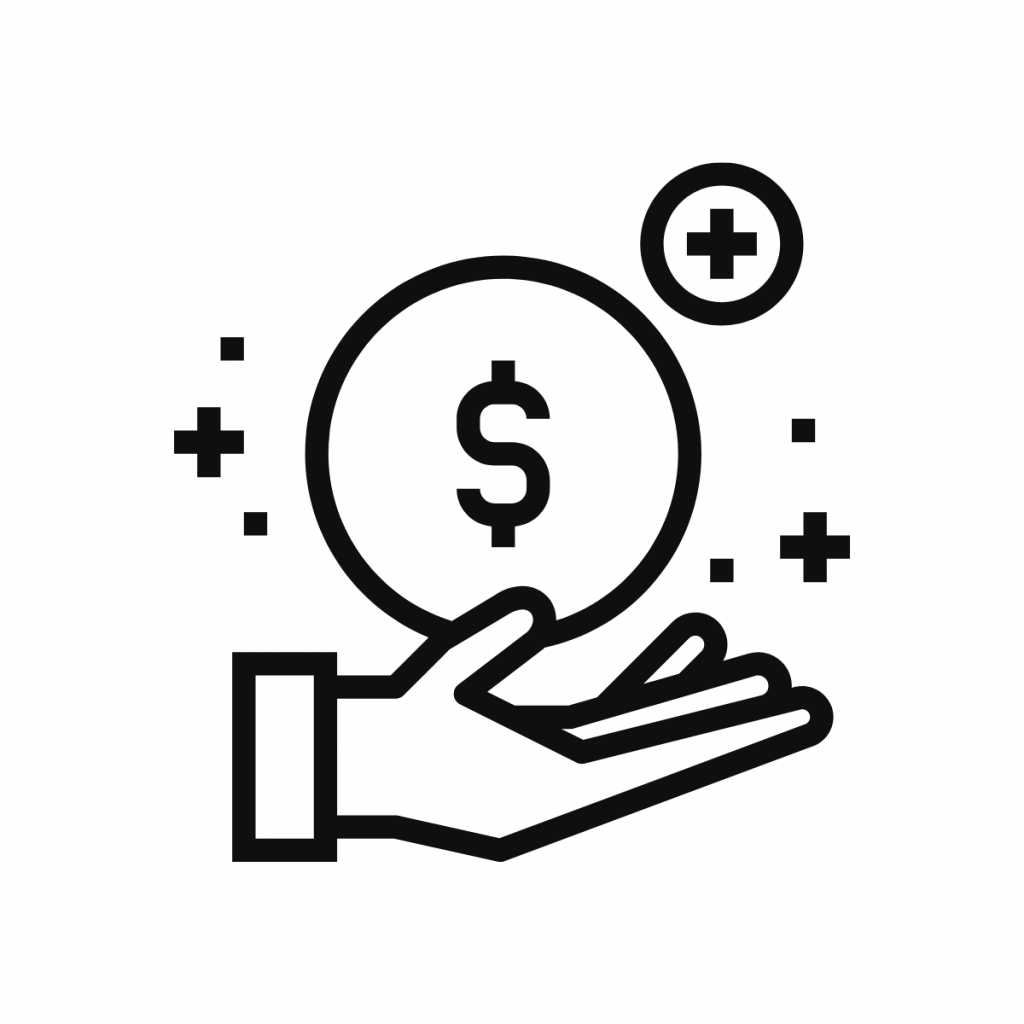An emergency fund is a financial safety net designed to cover unexpected expenses such as medical bills, car repairs, or job loss. Building this fund is one of the smartest financial decisions you can make, as it helps protect you from falling into debt during crises. While accumulating several months’ worth of expenses may seem daunting, breaking the process into manageable steps can make it achievable in just six months.
This guide will provide practical strategies to help you save efficiently and consistently, ensuring that you have a solid emergency fund in half a year.
Understand the Importance of an Emergency Fund
Before starting, it’s crucial to understand why an emergency fund is essential. Life is unpredictable, and unexpected costs can arise at any time.

- Financial stability: Protects you from relying on credit cards or loans.
- Peace of mind: Reduces stress by providing a financial cushion.
- Preparation for uncertainties: Covers emergencies like job loss or medical needs.
By prioritizing this fund, you’re safeguarding your future against unforeseen financial burdens.
Calculate Your Savings Goal
The first step in creating an emergency fund is determining how much you need to save. A common recommendation is to set aside three to six months’ worth of essential living expenses.
- Assess monthly costs: Include rent, utilities, groceries, transportation, and insurance.
- Adjust for personal circumstances: Factor in dependents, job stability, and other responsibilities.
- Set a specific target: Having a clear goal keeps you motivated and focused.
For example, if your monthly expenses total $2,000, aim for $6,000 to $12,000 in your emergency fund.
Create a Savings Plan
A well-structured savings plan is key to building your fund in six months. Break down your goal into monthly or weekly targets.
- Set a timeline: Divide your total goal by six months to determine how much to save monthly.
- Automate savings: Schedule automatic transfers to a dedicated savings account.
- Track progress: Use budgeting tools or apps to monitor your contributions.
Consistency is crucial when working toward a short-term savings objective.
Cut Back on Non-Essential Expenses
Reducing discretionary spending is one of the fastest ways to free up money for savings. Analyze your current spending habits and identify areas to trim.
- Limit dining out: Prepare meals at home instead of eating at restaurants.
- Cancel unused subscriptions: Eliminate services you don’t actively use.
- Avoid impulse purchases: Stick to a shopping list to control spending.
Small adjustments can make a significant impact on your ability to save quickly.
Boost Your Income
In addition to cutting expenses, increasing your income can accelerate your savings. Explore opportunities to earn extra money without disrupting your primary job.
- Take on side gigs: Consider freelance work, tutoring, or driving for ride-share services.
- Sell unused items: Declutter your home and sell items online or at local markets.
- Request overtime: Ask your employer for additional hours or projects.
Every dollar earned can bring you closer to your emergency fund goal.
Open a Separate Savings Account
Keeping your emergency fund separate from your regular checking or savings account reduces the temptation to spend it. Choose an account that offers easy access but discourages frequent withdrawals.
- High-yield savings accounts: Earn interest while maintaining liquidity.
- Money market accounts: Combine savings features with limited check-writing privileges.
- Avoid penalties: Ensure there are no fees for accessing your funds during emergencies.
A dedicated account ensures your savings remain intact for their intended purpose.
Save Windfalls and Unexpected Income
Take advantage of unexpected financial gains to boost your emergency fund. Instead of spending windfalls, allocate them toward your savings goal.
- Tax refunds: Direct your refund into your emergency account.
- Bonuses or raises: Save additional earnings from work-related incentives.
- Gifts or cash rewards: Add monetary gifts to your fund.
Leveraging these opportunities can help you reach your target faster.
Practice Frugal Living
Adopting a frugal mindset during your savings journey can lead to long-term financial benefits. Focus on maximizing value without sacrificing quality of life.
- Shop smart: Use coupons, discounts, or cashback programs when purchasing essentials.
- Conserve energy: Lower utility bills by using energy-efficient practices.
- DIY when possible: Handle minor repairs or projects yourself instead of hiring professionals.
Frugality enables you to stretch your income and save more effectively.
Review and Adjust Your Budget
Regularly reviewing your budget ensures you stay on track and identify new opportunities for saving.
- Reassess priorities: Shift funds from lower-priority categories to your emergency fund.
- Adjust for changes: Update your plan if you encounter unexpected expenses or income changes.
- Celebrate milestones: Recognize your progress to stay motivated.
Flexibility and discipline are vital for maintaining momentum over six months.
Avoid Common Pitfalls
Building an emergency fund requires avoiding behaviors that could derail your efforts.
- Don’t tap into savings prematurely: Only use the fund for true emergencies.
- Avoid over-saving at the expense of other goals: Balance your emergency fund with retirement or debt repayment.
- Stay realistic: Set achievable targets to prevent burnout or frustration.
Awareness of these challenges helps you navigate your journey with confidence.
Benefits of Building an Emergency Fund
Achieving your emergency fund goal within six months offers significant advantages:

- Financial independence: Reduces reliance on credit or loans during crises.
- Improved peace of mind: Alleviates worry about unexpected expenses.
- Enhanced financial health: Strengthens your overall financial position.
These benefits highlight the importance of prioritizing emergency savings.
Next Steps After Reaching Your Goal
Once you’ve built your emergency fund, maintain it by replenishing any withdrawals and continuing smart money management practices.
- Keep the fund replenished: Replace any used funds as soon as possible.
- Focus on other goals: Direct surplus income toward investments, debt repayment, or other priorities.
- Stay disciplined: Avoid dipping into the fund for non-emergencies.
Sustaining your emergency fund ensures you’re always prepared for life’s uncertainties.
Conclusion
Building an emergency fund in six months is achievable with a clear plan, disciplined saving, and strategic spending. By calculating your goal, cutting unnecessary expenses, increasing income, and staying committed, you can create a robust financial safety net.
Remember, emergencies are unpredictable, but having a dedicated fund offers the stability and confidence needed to face them head-on. Start your journey today and secure your financial future.

Leave a Reply